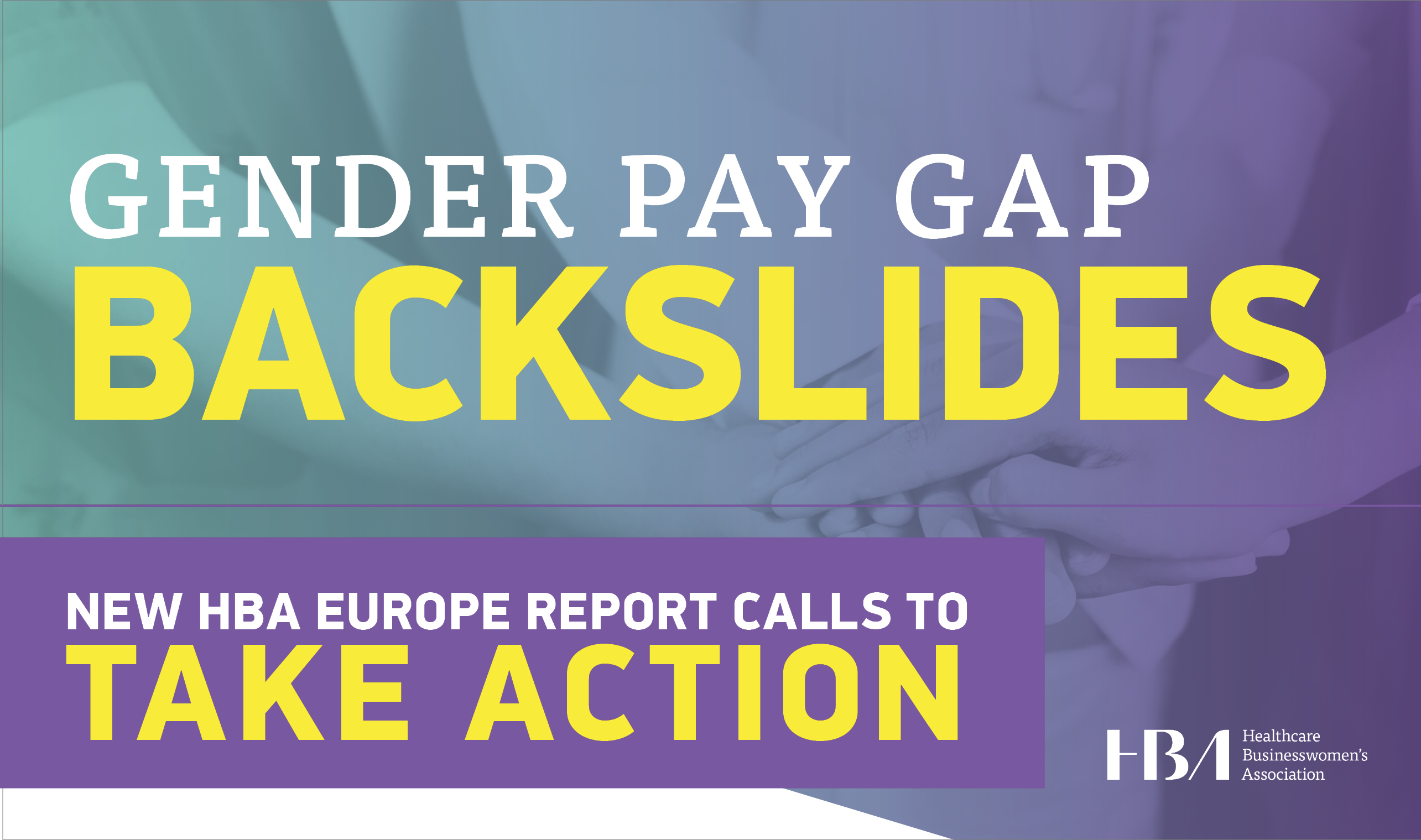2023 Update: Reducing the Gender Pay Gap to Drive Success in the Healthcare Industry

Gender Pay Gap Backslides Within European Healthcare Industry
New Report from the Healthcare Businesswomen’s Association Shows Further Increase in Median Pay Gap between Genders
Results from a new report, “Reducing the Gender Pay Gap to Drive Success in the Healthcare Industry,” issued by the Healthcare Businesswomen’s Association (HBA) Europe region in collaboration with our data partner reveals an increase in the gender pay gap between men and women in the life sciences sector in Europe. With input from more than 50,000 employees at 180 companies, the data show that the median pay gap increased from 11.5 percent to 14.4 percent in the past two years.
“The data is clear and alarming. Not only is the gender pay gap not closing, but it is getting worse and systemic change is critical in reversing the trend to drive real progress towards overdue equity,” said Sabine Hutchison, CEO Seuss+, and HBA EMEA Operating Board President. “The report cautions that this a vital moment for our industry to make concerted efforts to create sustainable systems to recover from and move past the economic setbacks faced by women in the workplace during the pandemic.”
The turbulent employment market and high inflation in the aftermath of the pandemic has combined with a whirlwind of volatility with unprecedented job movement and desire to change roles. This new trend, referred to as “The Great Resignation,” ultimately led to a fluctuation in salary levels in a race to secure and retain talent.
The report data indicates Sweden, Ireland, Netherlands, and Portugal have spearheaded an improvement in the gender pay gap since the 2021 report. However, the largest European markets, like France and the United Kingdom, show a worsening of the pay gap. Following are excerpts from the report drawing distinctions among representative countries, industry sectors, company size, business functions, and job categories:
- 12 out of 19 countries have seen the gap increase since 2020, with Greece having the highest increase (six percent) pushing the gap to an alarming 33.7 percent
- The gap in bonus pay is a double-digit figure in favour of male workers irrespective of company size
- Most life science segments have shown an increase in the gender pay gap; amongst them manufacturing continue to have the lowest gap (eight percent)
- The pay gap has increased in all employee categories (executive, management, professional, and support). The bonus gap has also widened across these categories with the exception of the support category.
Despite the discouraging news, the report did reveal opportunities for optimism. Seven of 19 countries have reduced the gap with Sweden, Ireland, Netherlands, and Portugal showing a significant improvement of greater than five percent. And Sweden showed a gap in favour of women by two percent showing a remarkable 10.9 percent improvement in two years.
HBA volunteers spoke with various industry leaders to identify what can be done by individuals, companies, and governments to reverse the current trend of a worsening gender pay gap. Four themes emerged from this research:
- Companies should make gender equality and diversity a strategic imperative
- Measure gaps in more sophisticated ways to identify levers with the best potential
- Continue initiatives to systematically reduce gaps
- Ensure accountability and representation
Download the full report that includes recommendations and strategies on how to close the pay gap, and to learn about an award-winning initiative by Pfizer UK.